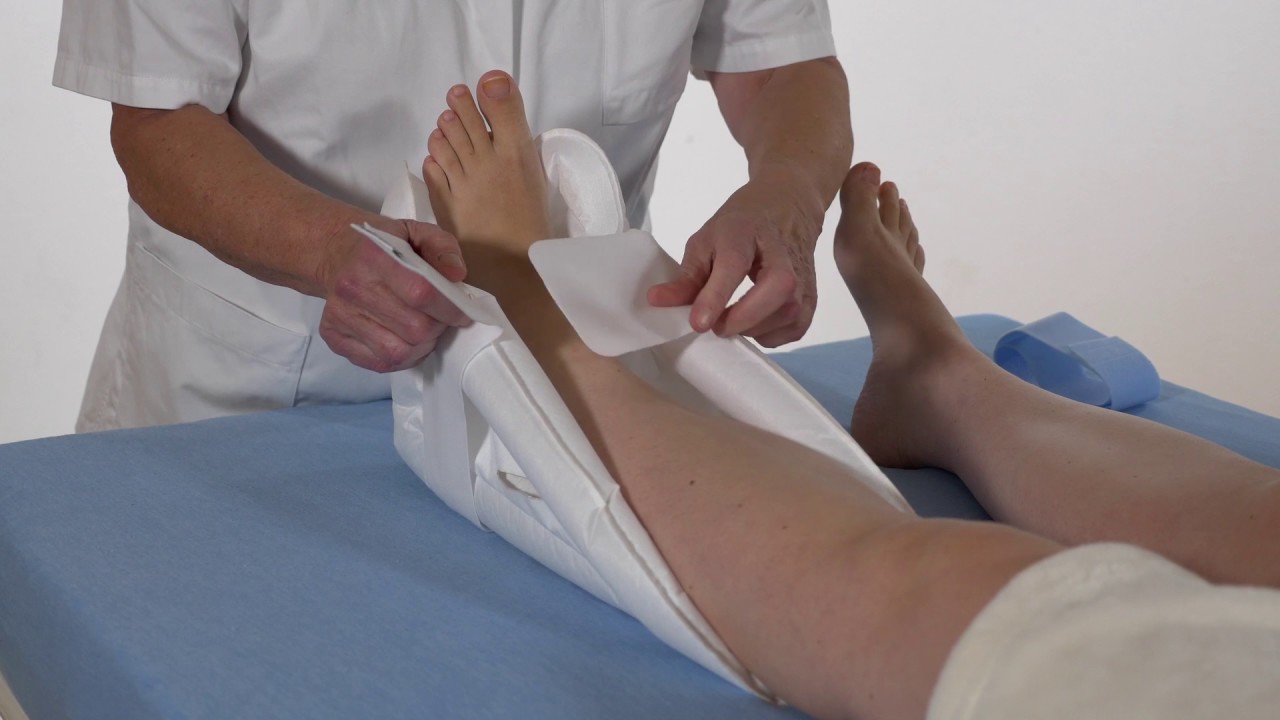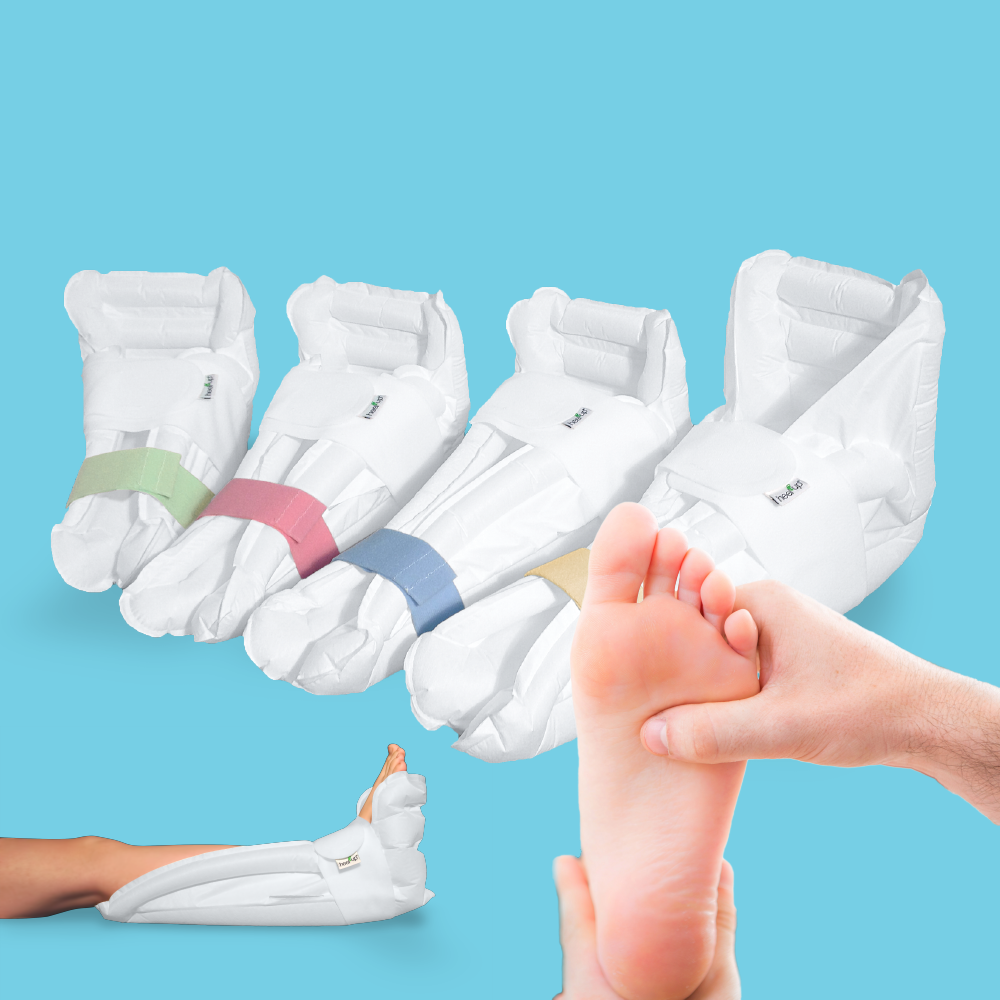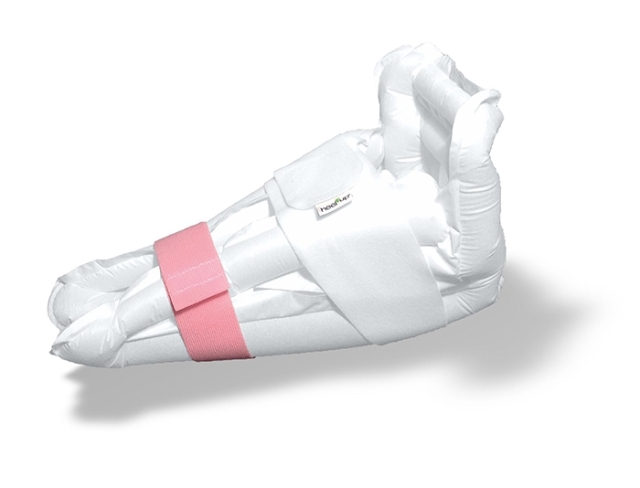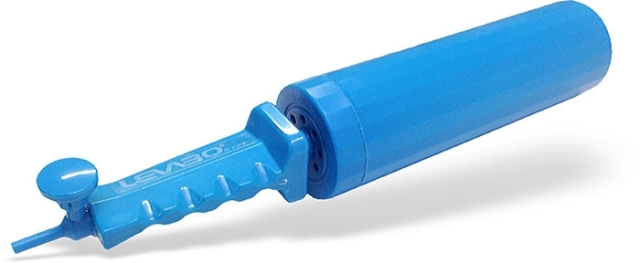The Importance of Pressure Off-loading Devices for Diabetic Foot Ulcer Prevention

Diabetes is a serious chronic disease, affecting over 9% of the global population and responsible for more deaths per year than road injuries. In the UK, over 4.9 million people have the condition, with a further 13.6 million people at increased risk of type 2 diabetes. Unfortunately, the implications of diabetes to the individual can be severe. Without proper preventative care, people with the condition are at risk of complications such as foot ulceration, which can lead to lower-limb amputation.
Diabetes and pressure ulcers
People with diabetes are amongst the highest risk of foot ulceration – experts suggest around 10% of people with the condition develop foot ulcers. This is due to high or fluctuating blood sugar levels that can lead to nerve damage, reducing sensation in the feet; known as diabetic neuropathy. As a result, individuals with diabetes may not feel small cuts, blisters, or injuries to their feet, which can lead to infection and ulceration. Additionally, poor circulation, which is common in individuals with diabetes, can slow down the healing process and increase the risk of infection.
Other factors that can increase the risk of foot ulceration include smoking, poor foot hygiene, and wearing shoes that do not fit properly. It is essential for individuals with diabetes to take preventive measures, such as using pressure off-loading devices and practicing good foot care, to reduce their risk of foot ulceration.
Other groups of individuals who must be aware of the risk of ulcer formation is individuals with weight problems (both overweight and underweight), older individuals, those who are critically ill, those in palliative care and those who have suffered spinal cord injuries.
How Do Pressure Off-Loading Devices Help Prevent Diabetic Foot Ulcers?
Pressure off-loading devices are specialised devices designed to redistribute pressure from parts of the foot susceptible to the formation of pressure ulcers. Pressure off-loading devices can be used to remove pressure from existing ulcers to allow them to heal and act as preventative measure to minimise the risk of new ulcer formation and further complications that can occur as result.
For diabetes sufferers, diabetic neuropathy is a common issue that is a major factor in the formation of foot ulceration. Diabetic neuropathy is a type of nerve damage that can occur as a complication of diabetes, causing a lack of sensation and feeling in parts of the body such as the hands and feet. This lack of sensation can prevent or complicate the identification of ulcer formation in hard to see and hard to reach places like the feet, which can quickly form under conditions of high pressure, friction, and heat. Pressure off-loading devices allow patients, during periods of rest, to re-distribute pressure on the feet to minimise the risk of ulcer formation, which can happen quickly if prevention methods aren’t applied swiftly enough.

Off-loading solutions
There are many off-loading solutions available on the market but we at Algeos have found that the best solution comes from the Danish company Levabo. Levabo are experts in pressure ulcer prevention and care and offer a range of products that tackle the issues discussed in this article. Heel-up is one product from Levabo that does a fantastic job at lessening the load on wearers feet when they are resting – a prime time for ulcer formation. The Heel-up range has been developed in conjunction with leading wound care experts to ensure optimal comfort and hygiene while providing complete heel offloading relief, While they are single-patient use, the device can be reused up to eight weeks, is easily wiped down and machine washable up to 60 degrees - a must have for those at high risk of forming pressure ulcers.
Additionally, as well as off-loading boots, tools like the Solesee Diabetic Foot Mirror and the Neuropen neuropathy testing device are tools that can be used to monitor patient symptoms and to assist in the identification and formation of ulceration to the feet.
Benefits of Using Pressure Off-Loading Devices
Using pressure off-loading devices can provide several benefits for patients with or at risk of pressure ulcers::
- Reducing the risk of infection: Pressure off-loading devices help ulcers heal faster, reducing the risk of infection and other complications.
- Preventing future ulcers: By redistributing weight away from areas of the foot at risk of ulcers, pressure off-loading devices can help prevent future ulcers from forming.
- Improving quality of life: pressure off-loading devices can help patients with diabetic foot ulcers maintain mobility and independence, improving their overall quality of life.
Additionally, pressure ulcer prevention is a worthy investment for clinicians and medical practitioners as it can be expensive and require a lot of resources to treat and heal foot ulcers, the more severe the treatment and intervention, the higher the overall cost. Around 80% of the >£10 billion spent per year on diabetic care is spent on treating preventable complications like foot ulcerations. The use of off-loading devices are cost efficient, low-risk and provide better long-term patient outcomes.
In conclusion, pressure off-loading devices play a critical role in preventing diabetic foot ulcers, which can lead to severe complications and significantly impact a patient's quality of life. It's essential for healthcare providers to educate their patients on the importance of preventive measures such as using pressure off-loading devices and practicing good foot care. Using pressure off-loading devices can provide several benefits, including reducing the risk of infection, preventing future ulcers, and improving quality of life for those living with diabetes. Clinicians and medical practitioners should view pressure ulcer prevention as a worthy investment, as it can significantly reduce the risk of complications and the overall cost of treatment.




